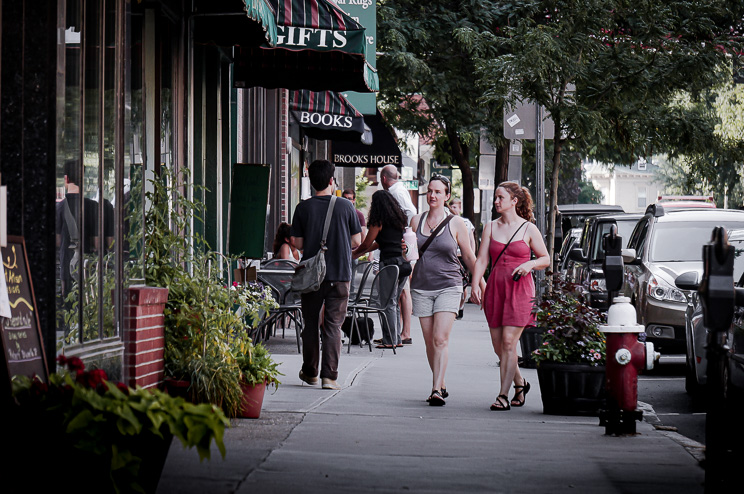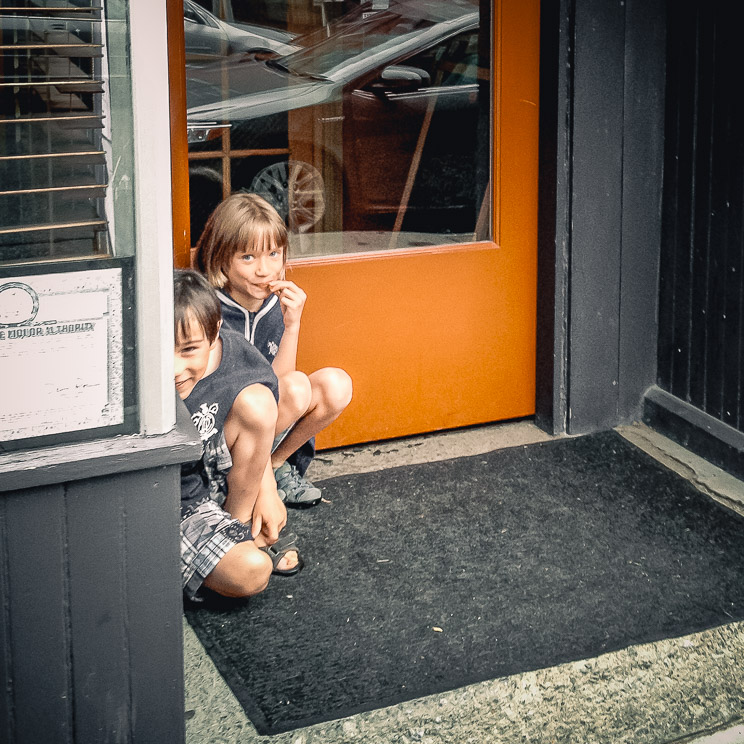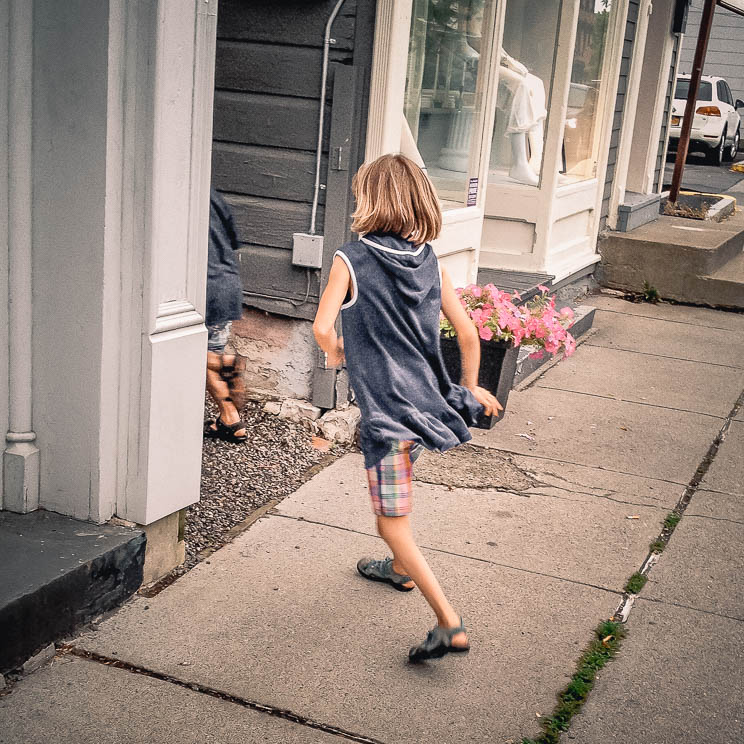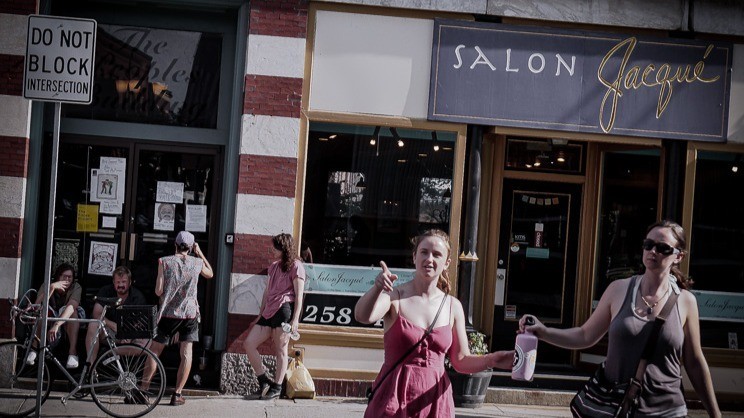As humans, we are natural explorers. This isn’t just a figurative expression—it’s grounded in our biology and psychology. For millennia, exploration has been essential for our survival and growth as a species. Early humans roamed vast landscapes, exploring new territories to find food, shelter, and resources. Even today, our brains are wired to seek novelty, adventure, and stimulation from the environments around us.
Psychologists like Jean Piaget and Jerome Bruner have shown that exploration is crucial for cognitive growth, while neuroscientists like David Eagleman argue that our brains are constantly searching for new challenges and experiences.
This brings me to shopping, which is fundamentally an act of exploration. Ever wonder why you enjoy shopping so much—perhaps even feeling a bit guilty about it? Well, it may help you to know that you are actually indulging in a normal human instinct for exploration.
Moreover, the better designed our shopping environments are, the more easily we lose ourselves in the moment, uncovering layers of discovery and engaging with our surroundings in ways that offer a deeper experience than most of our day-to-day interactions.

The Surprising Synergy between Retail and Placemaking
In more complex urban environments—such as main streets or vibrant districts—shopping can reach its pinnacle. This contrasts sharply with the controlled, often sterile atmosphere of shopping malls, where exploration is confined to aisles and predictable layouts. Malls are typically designed for convenience and efficiency, which isn’t inherently bad, but they lack the richness and complexity that ignite our natural curiosity and desire to explore.
A well-designed shopping environment, especially in an urban district, offers numerous cues that draw us into the space. From window displays and architecturally detailed facades to back alleys and side streets leading to new discoveries, the richness of these details signals that there’s always something more to explore. Whether intentional or subtle, these cues invite us to navigate the space as an adventure, not just a transactional experience
Exploring Main Streets
One of my favorite examples of this kind of vibrant, exploratory environment is downtown Brattleboro, Vermont. Brattleboro is a small town, but Main Street is packed with personality. It’s the kind of place where people don’t just walk through— they meander, they pause, they explore.

The architecture along the street is diverse, with historic buildings that each have their own unique character. Whether it’s a Victorian storefront or a modern pop-up, every building tells a story. The street is lined with eclectic window displays that pull you in, each offering a glimpse of the life inside. There are frequent entrances and little alcoves that offer quiet spaces or intimate gatherings, and the programming throughout the year (think farmers’ markets, street festivals, and seasonal events) ensures that there’s always something new to experience.
But it’s not just the physical environment that makes Brattleboro’s downtown so effective as a place for exploration. It’s the sense of discovery that permeates the space— the idea that you can walk down the street, discover something unexpected, and engage with the community in meaningful ways. This is what urban design and placemaking aim for: creating spaces that entice, invite, and challenge the senses.
Designing for Young Explorers
An explorable urban district offers more than just a space for shopping—it provides an environment where people of all ages can engage with their surroundings. The richness that makes downtown shopping so enjoyable will also be a playable streetscape, in the best cases. Young children in particular will swashbuckle their way through Main Street’s nooks and crannies, if given the chance.

As Roger Hart’s research on children’s experience of place shows, children are naturally drawn to explore their environments, seeking out areas that encourage adventure and learning. Hart’s studies highlight the importance of urban spaces that allow children to safely discover and interact with the world around them, fostering both cognitive growth and independence.
A Main Street should include elements designed for playful engagement: interactive sculptures, colorful crosswalks, and hidden alleys where children can roam and explore. These features provide opportunities where children can freely move, discover, and enjoy their environment. Hart’s research underscores how children’s freedom to explore is directly influenced by urban design—safe, walkable streets encourage them to roam, while poor traffic management or unsafe spaces can limit their movement and sense of adventure.

The ability of children to navigate these spaces safely is a true test of the quality of urban form and traffic management. Urban areas designed with traffic calming measures, pedestrian zones, and car-free spaces not only make shopping more enjoyable for adults but also ensure that children can engage with their surroundings in a meaningful way. When children are given the opportunity to explore urban spaces safely, it enriches the community, providing them with the freedom to engage in discovery and play while cultivating a deeper connection to the places they inhabit. In this way, placemaking becomes not only about adult engagement but about fostering an environment that nurtures the next generation of explorers.

The Need for Dynamic Urban Districts
At its best, shopping offers us not just products but experiences— stories, connections, and interactions. It’s about engaging with the environment, other people, and participating in the unfolding narrative of a place.
In today’s digital age, online shopping has taken much of the physical exploration out of the equation. We scroll through pages of products, clicking and purchasing without stepping foot into a physical space. While online shopping is convenient, it lacks the layers of sensory stimulation that come with navigating a well-designed urban space. That tactile, engaging experience of moving through a place, being drawn into its details, and discovering something new with every turn is irreplaceable. It’s something that requires an intentional, human-centered environment—a vibrant, dynamic urban district.

The Role of Placemaking in Urban Planning and Design
So, what does this mean for urban development and placemaking? It means we need to prioritize complexity and richness in the environments we create. A great shopping environment—whether it’s a main street, a public square, or a district—should feel like an invitation to explore. We should do streetscape and building design with the understanding that people are drawn to environments that engage their senses, that offer unexpected moments of discovery, and that challenge them to navigate a complex, dynamic space.
In this sense, our urban planning and design should demand more of our consulting teams. When executed well, a thoughtfully designed urban space can breathe new life into downtowns and forge a deeper connection between people and place. Investing in the details isn’t just about aesthetics; it’s about creating the kind of environment that fuels activity and engagement. Ultimately, that investment translates into lasting economic and cultural benefits, making it money well spent.
Read the blog at philmyrick.com/blog
All photos by the author

